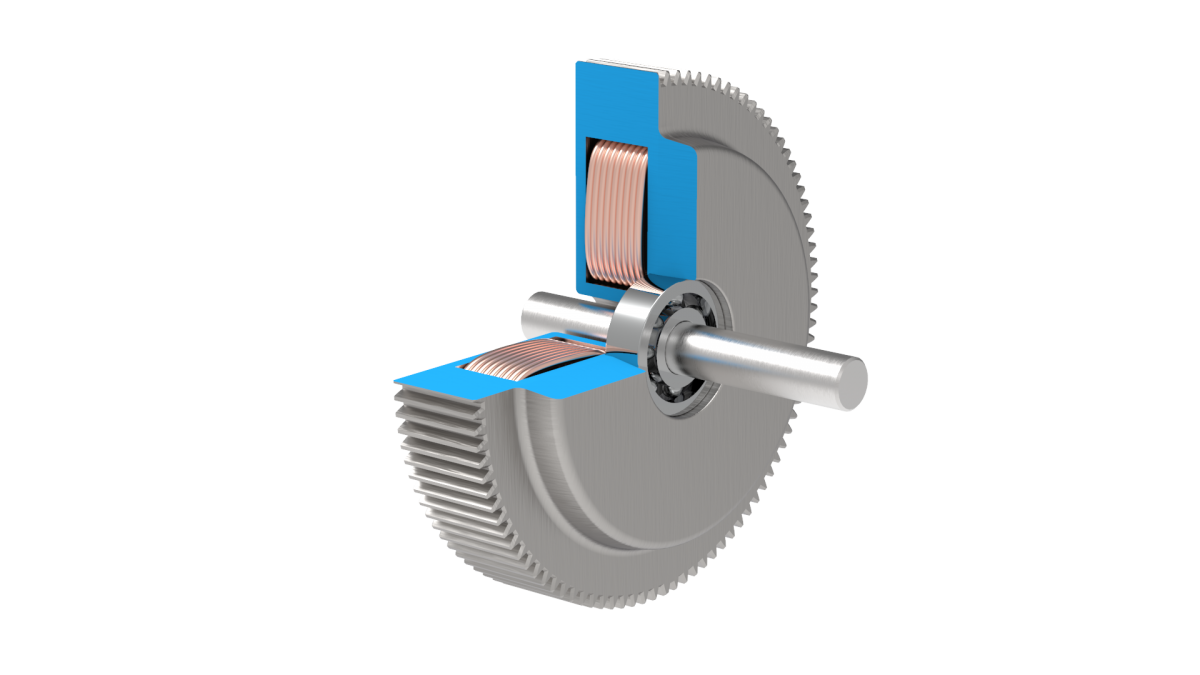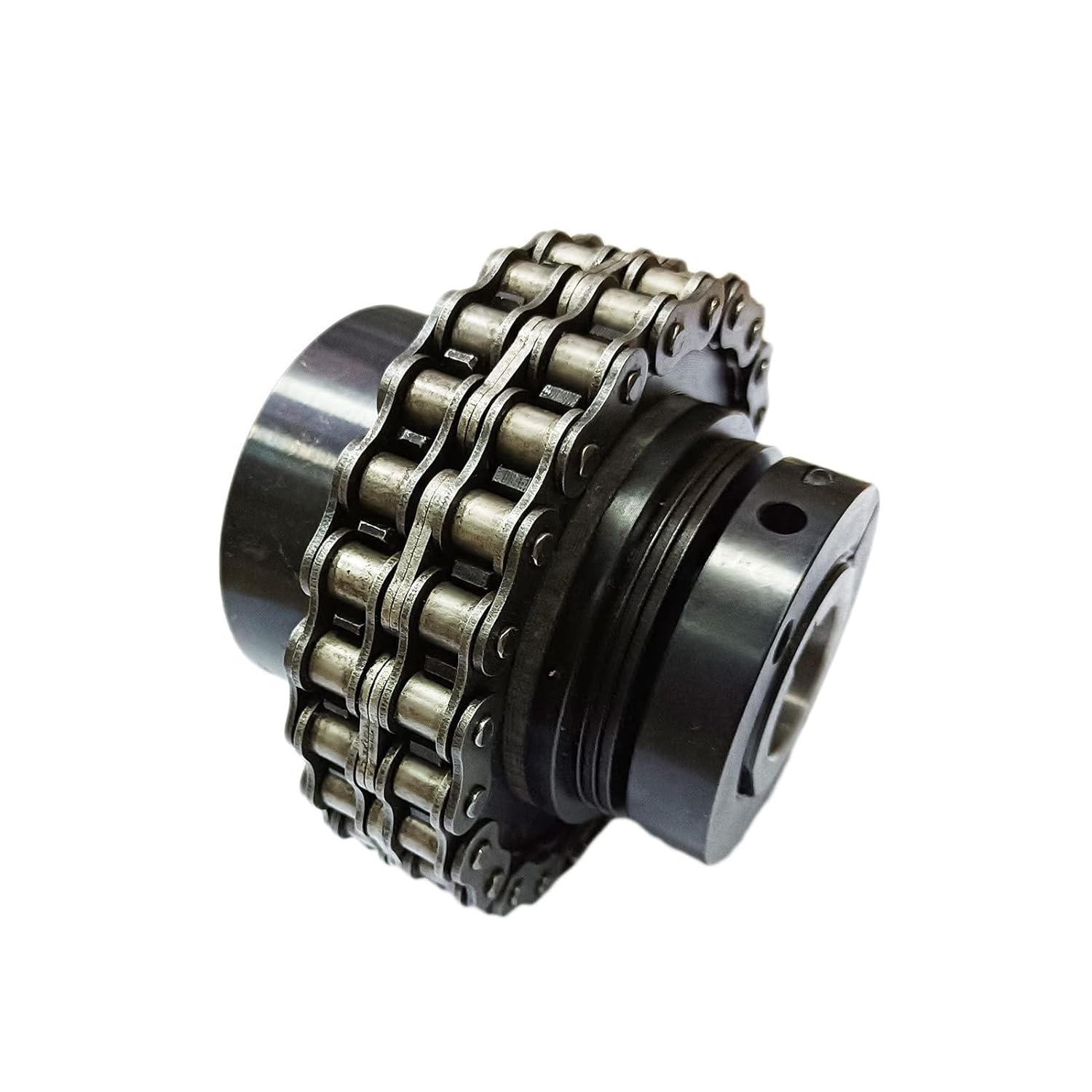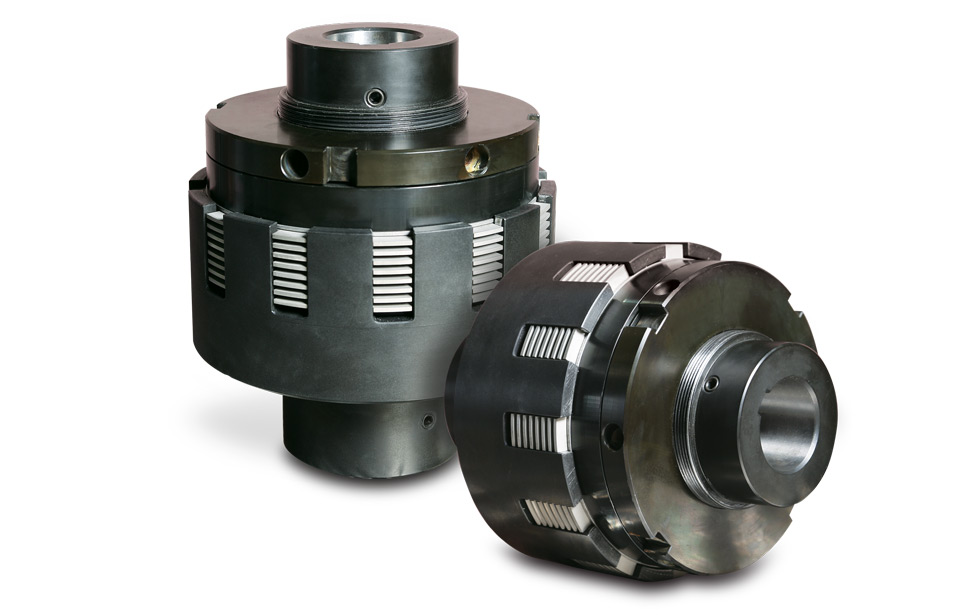Product Description
ZHangZhoug Shengya Bearing Technology Co., Ltd offers the High Load Auto Tensioner Pulley Bearing, ideal for heavy radial loads in automotive applications. Choose durability and wear resistance for your automobile parts.
Product Parameters
| Product Name: | Tensioner Bearing |
| Model Number: | 6005RVA |
| Outer Diameter(mm) | 55 |
| Height(mm) | 25 |
| Material | Chrome steel |
| Sealed type | OPEN,RZ,2RS,4RS |
| Tolerance | P0,P6,P5,P4,P2 |
| Clearance | C2,C0,C3,C4,C5 |
| Noize level | Z,Z1,Z2,Z3 |
| Application | Automotive Car |
| OEM Service | Accept |
Product Description
Tensioner Bearing:
-The bearings are adopted optimized structure designing so that can attain the traits of high temperature resistant, high speed resistant, long life, high speed rotation,impact resistant,high radial load,etc.
-Sealing structure and seals have the traits of high sealing ability, heat-resistant, abrasiveness and also can prevent the leakage of the grease, as they are helpful for lengthening the bearings’ using life.
Detailed Photos
More Products
Quality Control
Company Profile
Welcome to ZHangZhoug Shengya Bearing Technology Co., Ltd
Founded in 1996, we are a leading manufacturer specializing in automotive bearings, motorcycle bearings, general machine bearings, precision machine tool bearings, and home appliance bearings. With over 80 employees, including 10+ professional and technical personnel, we have an annual production capacity of 10 million sets of small and medium-sized bearings.
Located in HangZhou, HangZhou City, ZHangZhoug Province, our company offers a wide variety of non-standard special-shaped bearings with superior quality and craftsmanship. Our products are known for their durability and precision, making us a trusted choice for various industries.
Experience the reliability and CHINAMFG of ZHangZhoug Shengya Bearing Technology Co., Ltd for all your bearing needs.
FAQ
ZHangZhoug Shengya Bearing Technology Co., Ltd
Product Description
Welcome to ZHangZhoug Shengya Bearing Technology Co., Ltd! We are a factory + trade company specializing in bearings.
Q1:
Is your company a factory or a Trade Company?
A:
We have our own factory and operate as a factory + trade company.
Q2:
Could you accept OEM and customize?
A:
Yes, we can customize products according to your sample or drawing.
Q3:
What is the MOQ of your company?
A:
Our MOQ is normally 10pcs, but we can accommodate lower MOQ with a slightly higher cost. The more you purchase, the cheaper the cost.
/* January 22, 2571 19:08:37 */!function(){function s(e,r){var a,o={};try{e&&e.split(“,”).forEach(function(e,t){e&&(a=e.match(/(.*?):(.*)$/))&&1
| After-sales Service: | One Year Warranty |
|---|---|
| Warranty: | One Year Warranty |
| Type: | Tensioner Bearing |
| Material: | Chrome Steel |
| Tolerance: | P6 |
| Certification: | ISO9001 |
| Samples: |
US$ 2/Piece
1 Piece(Min.Order) | |
|---|
| Customization: |
Available
|
|
|---|

What are the signs that indicate a need for tensioner roller replacement, and how can they be diagnosed?
Identifying the signs that indicate a need for tensioner roller replacement is crucial for maintaining the optimal performance and reliability of a belt drive system. Here’s a detailed explanation of the signs and diagnostic methods for determining when tensioner roller replacement is necessary:
1. Excessive Belt Slack:
If the tensioner roller has worn out or lost its tensioning capability, it may result in excessive belt slack. Excessive belt slack can be observed visually by noticing sagging or drooping of the belt between pulleys. To diagnose this, visually inspect the belt and check for any significant slack or looseness. Excessive belt slack indicates that the tensioner roller is no longer providing adequate tension and should be replaced.
2. Belt Misalignment:
A failing tensioner roller can lead to belt misalignment, causing the belt to deviate from its intended path. Belt misalignment can be diagnosed by observing the belt’s position in relation to the pulleys. Signs of misalignment include the belt running off-center, making contact with adjacent components, or riding too close to the edge of the pulleys. If belt misalignment is detected, it is essential to inspect the tensioner roller for any wear, damage, or misalignment and replace it if necessary.
3. Unusual Noise or Vibration:
A failing tensioner roller can generate unusual noise or vibrations in the belt drive system. This can be caused by worn bearings, misalignment, or other internal damages within the tensioner roller. To diagnose this, carefully listen for any abnormal noises such as grinding, squeaking, or rattling coming from the tensioner roller area while the system is in operation. Additionally, pay attention to any excessive vibrations or shaking of the belt drive system. If unusual noise or vibration is present, it indicates a potential issue with the tensioner roller that may require replacement.
4. Visible Wear or Damage:
Inspecting the tensioner roller for visible wear or damage is an essential diagnostic method. Look for signs of wear, such as cracks, grooves, or uneven surface texture on the roller. Additionally, check for any signs of physical damage, such as dents or deformation. If the tensioner roller shows visible signs of wear or damage, it is an indication that it has reached the end of its service life and should be replaced.
5. Inadequate Tension:
If the tensioner roller fails to provide sufficient tension to the belt, it can lead to belt slippage, reduced power transfer, and decreased overall system performance. Insufficient tension can be diagnosed by observing belt slippage or excessive wear on the belt’s contact surfaces with the pulleys. Check the tension of the belt by applying moderate pressure to it with your finger. If the belt deflects significantly, it indicates inadequate tension provided by the tensioner roller. In such cases, the tensioner roller should be inspected and replaced if necessary.
6. Maintenance Schedule:
Following the manufacturer’s recommended maintenance schedule is an important aspect of diagnosing the need for tensioner roller replacement. Manufacturers often provide guidelines on the expected service life or recommended replacement intervals for tensioner rollers. It is essential to consult the maintenance schedule specific to the belt drive system and adhere to the recommended replacement intervals. This proactive approach helps prevent potential failures or performance issues associated with worn or damaged tensioner rollers.
7. Professional Inspection:
In complex or critical applications, it may be necessary to seek the expertise of a professional technician or engineer to diagnose the need for tensioner roller replacement. Professionals can perform comprehensive inspections using specialized tools and techniques, such as laser alignment or vibration analysis, to assess the condition of the tensioner roller accurately. They can identify any underlying issues or potential risks and provide recommendations for replacement based on the specific requirements of the belt drive system.
In summary, the signs that indicate a need for tensioner roller replacement include excessive belt slack, belt misalignment, unusual noise or vibration, visible wear or damage, inadequate tension, adherence to maintenance schedules, and professional inspections. By regularly inspecting the tensioner roller and promptly addressing any signs of wear or malfunction, operators can ensure the reliable and efficient operation of their belt drive systems.

Can you provide examples of products or machinery that use tensioner rollers in their systems?
Yes, tensioner rollers are utilized in various products and machinery where belt drive systems are employed. Here are some examples of products and machinery that use tensioner rollers:
1. Automotive Engines:
In automotive engines, tensioner rollers are commonly used in the accessory belt drive systems. These systems power components such as the alternator, power steering pump, water pump, and air conditioning compressor. Tensioner rollers help maintain proper belt tension, ensuring efficient power transmission and preventing belt slippage or failure.
2. Industrial Machinery:
In industrial machinery, tensioner rollers are employed in numerous applications. They can be found in conveyor systems, where they help maintain belt tension and alignment over long distances. Tensioner rollers are also used in manufacturing equipment, printing presses, and packaging machines to ensure optimal belt operation and power transmission.
3. Agricultural Equipment:
Agricultural machinery, such as tractors, combines, and hay balers, often rely on tensioner rollers in their belt-driven systems. These tensioner rollers help maintain proper tension in belts powering various components, such as harvesting equipment, conveyor systems, and hydraulic systems.
4. Construction Machinery:
Tensioner rollers are incorporated into the belt drive systems of construction machinery, including excavators, loaders, and cranes. They ensure proper tension in belts driving components like hydraulic pumps, generators, and conveyor systems, enabling reliable power transmission in demanding construction environments.
5. HVAC Systems:
Heating, ventilation, and air conditioning (HVAC) systems utilize tensioner rollers in their belt drive systems. Tensioner rollers help maintain the correct tension in belts driving components such as fans, blowers, and compressors, ensuring efficient and reliable operation of HVAC systems in residential, commercial, and industrial settings.
6. Power Tools:
Many power tools, such as drills, saws, and sanders, utilize tensioner rollers in their belt drive mechanisms. Tensioner rollers help maintain proper belt tension, ensuring efficient power transfer and reliable operation of the tools, even under heavy loads or high-speed applications.
7. Fitness Equipment:
In fitness equipment, tensioner rollers are commonly used in treadmills, exercise bikes, and rowing machines. These tensioner rollers ensure the correct tension in belts powering the movement mechanisms, providing smooth and consistent resistance, and enabling users to perform workouts effectively.
8. Material Handling Equipment:
Tensioner rollers are crucial components in material handling equipment, including forklifts, palletizers, and conveyor systems. They help maintain proper belt tension, ensuring reliable power transmission and smooth movement of materials in warehouses, distribution centers, and manufacturing facilities.
9. Marine Applications:
In marine applications, tensioner rollers are utilized in belt drive systems for various components, such as water pumps, alternators, and cooling systems. Tensioner rollers help maintain proper belt tension in marine engines, ensuring reliable power transmission and efficient operation in challenging marine environments.
10. Mining Equipment:
Mining equipment, such as crushers, conveyors, and excavators, often incorporate tensioner rollers into their belt drive systems. These tensioner rollers help maintain tension and alignment in belts, enabling reliable and efficient power transmission in demanding mining operations.
In summary, tensioner rollers are utilized in a wide range of products and machinery that rely on belt drive systems. This includes automotive engines, industrial machinery, agricultural equipment, construction machinery, HVAC systems, power tools, fitness equipment, material handling equipment, marine applications, and mining equipment. Tensioner rollers play a crucial role in maintaining proper belt tension, ensuring reliable power transmission, and optimizing the performance of these systems and equipment.

How do tensioner rollers differ from other components in a vehicle’s belt drive system?
Tensioner rollers in a vehicle’s belt drive system have distinct characteristics that set them apart from other components. Here’s a detailed explanation of how tensioner rollers differ from other components in a vehicle’s belt drive system:
1. Function:
Tensioner rollers are specifically designed to maintain proper tension in belts within the vehicle’s belt drive system. Their primary function is to apply the necessary force to keep the belts properly tensioned, ensuring efficient power transmission and preventing slippage. Other components in the belt drive system, such as pulleys or idler pulleys, have different functions like redirecting the belt’s path or guiding it around various engine accessories.
2. Design:
Tensioner rollers, also known as belt tensioners or idler pulleys, typically consist of a pulley-like structure mounted on a spring-loaded arm or bracket. They have a smooth or grooved surface that comes into contact with the belt. The design allows the tensioner roller to rotate freely on bearings or bushings, accommodating the movement of the belt and maintaining the desired tension. In contrast, other components in the belt drive system, such as crankshaft pulleys or accessory pulleys, have different shapes and configurations depending on their specific tasks.
3. Tension Adjustment:
Tensioner rollers are designed to automatically adjust the tension in the belts. They can compensate for belt stretch or wear by adapting their position and maintaining the desired tension level. This self-adjusting feature ensures consistent belt tension throughout the vehicle’s operation. In contrast, other components in the belt drive system usually have a fixed position and do not actively contribute to tension adjustment.
4. Location:
Tensioner rollers are typically positioned at strategic locations within the belt drive system to optimize tensioning. They are often placed in locations where the belt’s tension tends to decrease due to the movement of different engine accessories. This placement allows the tensioner rollers to provide the necessary tension and prevent belt slippage. Other components, such as crankshaft pulleys or accessory pulleys, have specific positions based on their roles in driving the various engine accessories.
5. Maintenance and Replacement:
Tensioner rollers require regular maintenance and inspection to ensure their proper functioning. They may need lubrication, and their condition should be checked for signs of wear, damage, or misalignment. If a tensioner roller is found to be faulty or no longer providing adequate tension, it should be promptly replaced to prevent belt-related issues. Other components in the belt drive system may have their maintenance requirements and replacement intervals based on their specific design and usage.
6. Impact on Belt Performance:
Tensioner rollers have a direct impact on belt performance by maintaining the correct tension. They help prevent belt slippage, ensure optimal power transmission, and contribute to the overall efficiency and reliability of the belt drive system. Other components, although crucial for the system’s operation, may not have the same direct influence on belt tension and performance.
In summary, tensioner rollers differ from other components in a vehicle’s belt drive system in terms of their function, design, tension adjustment capabilities, location, maintenance requirements, and impact on belt performance. Understanding these differences is important for effectively maintaining and optimizing the performance of the belt drive system in a vehicle.


editor by CX 2024-04-13